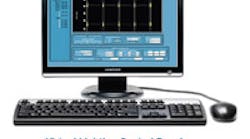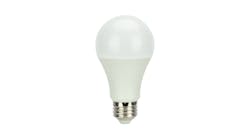Designed to work with standard 0V to 10V dimming ballasts and lamps (GE, OSI, and Philips), the Distributed Lighting Control System (DLCS) saves up to 75% or more on lighting energy costs, according to the company. Comprised of a virtual lighting control panel (laptop, desktop, or smartphone); a VBC100 controller that can control from one to three fixtures; a virtual dimmer; WECC-TALK communication network; a sensor interface module; and photo cells, motion detectors, and optional dimmers as needed, the system controls each light fixture, room, floor, zone, and/or building using the local network. In addition, the product meets Title 24 instant-demand response requirements and provides for dimming, dynamic scheduling, daylight harvesting, lumen maintenance, bulb/ballast fault detection, and on-site or remote aggregate control.
WECC
For more information, visit www.worldenergycontrol.com.



